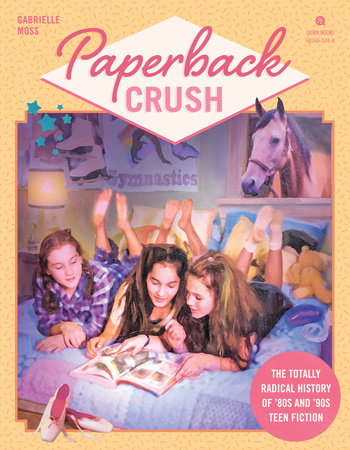 |
| Photo from US Fish & Wildlife Service |
John M. Olin, of the Winchester Repeating Arms Company, is the founder of Nilo Farms, a still-functioning hunting reserve and sporting dog training facility. Olin owned many sporting dogs over the year, including the most famous of all, King Buck.
King Buck had a precarious start to life. He was the last puppy in his litter to be bought, and battled a bout of distemper early on. King Buck survived and went on to become the National Duck Retriever Champion in both 1952 and 1953. His career as a champion sporting dog lasted until he was 9-years-old.
In 1959 the U.S. Fish and Wildlife Service wanted to promote conservation of waterfowl through the use of retrieving dogs, which reduces the loss of downed duck. They selected an image painted by famous wildlife artist Maynard Reece to be featured as the first image of a dog on the Federal Migratory Waterfowl stamp. The subject of Reece’s painting was the famous King Buck.
The Migratory Waterfowl stamp is required on hunting licenses in order to hunt waterfowl. King Buck remains the only dog to be featured on the duck stamp; only waterfowl have been featured on other stamps.
King Buck’s health started failing and he was put down at the age of 14. He is buried in front of the kennels where he lived at Nilo Farms and is commemorated with a statue there.











